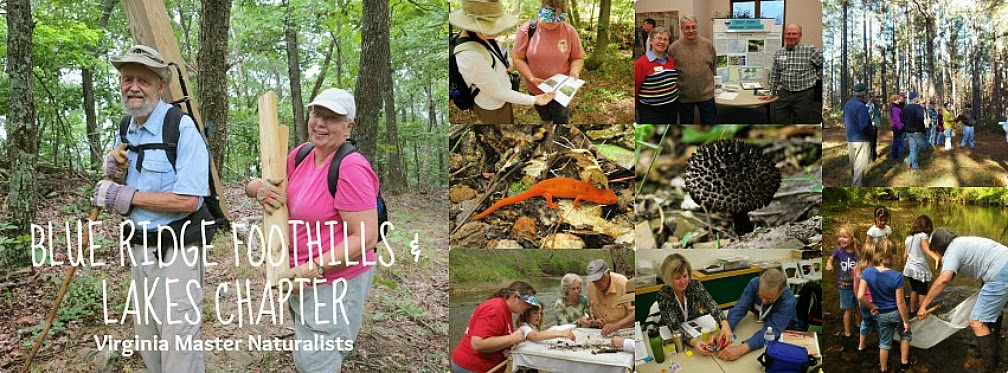Beetlemania at my house
I AM Dynastes tityus (Linnaeus, 1763) Identified well before this house was built in circa 1895!
We learned about Carl Linnaeus "The Father of Modern Taxonomy" in one of our Virginia Master Naturalist Training Classes.
Wiki says:
The family Scarabaeidae as currently defined consists of over 30,000 species of beetles worldwide. The species in this large family are often called scarabs or scarab beetles. The classification of this family is fairly unstable, with numerous competing theories, and new proposals appearing quite often. It is probable that many of the subfamilies listed here will no longer be recognized very much longer, as they will likely be reduced in status below subfamily rank, or elevated to family status (the latter is most likely, e.g., with the family "Melolonthidae" already appearing in some recent classifications). Other families have been removed recently, and are nearly universally accepted (e.g., Pleocomidae,Glaresidae, Glaphyridae, Ochodaeidae, Geotrupidae, Bolboceratidae)
Scarabs
Scarabs are stout-bodied beetles, many with bright metallic colors, measuring between 1.5 and 160 mm. They have distinctive, clubbedantennae composed of plates called lamellae that can be compressed into a ball or fanned out like leaves to sense odors. The front legs of many species are broad and adapted for digging.
The C-shaped larvae, called grubs, are pale yellow or white. Most adult beetles are nocturnal, although the flower chafers (Cetoniinae) and many leaf chafers (Rutelinae) are active during the day. The grubs mostly live underground or under debris, so are not exposed to sunlight. Many scarabs are scavengers that recycle dung, carrion, or decaying plant material. Others, such as the Japanese beetle are devastating agricultural pests.
Some of the well-known beetles from the Scarabaeidae are Japanese beetles, dung beetles, June beetles, rose chafers (Australian, Europeanand North American), rhinoceros beetles, Hercules beetles and Goliath beetles.
Several members of this family have shells which act as left-handed circular polarisers; this was the first-discovered example of circular polarization in nature.[1]
Learn more about this beetle Dynastes tityus (Linnaeus, 1763) here
BRFAL Chapter of Virginia Master Naturalist wants you to get outside, explore and learn something new today. Get involved in something cool, learn more about the Virginia Master Naturalist program here! (Don't forget your camera, you never know what you might spot in the wild, or em, on your porch!)


No comments:
Post a Comment
Thanks for your comment and interest! NOW GO OUTSIDE!